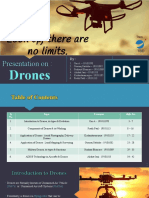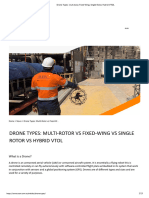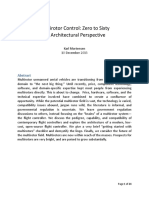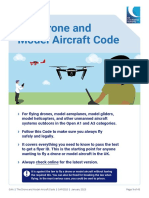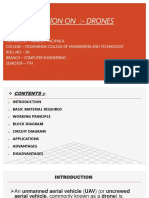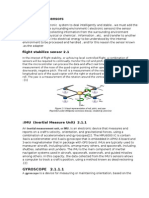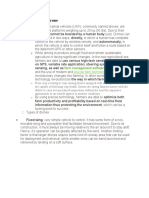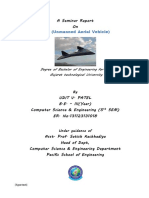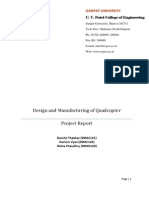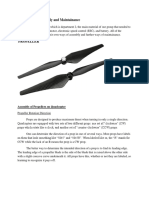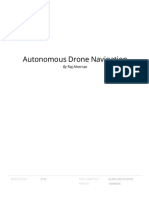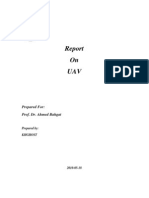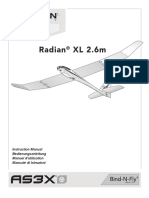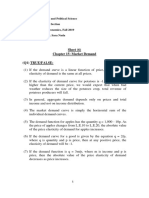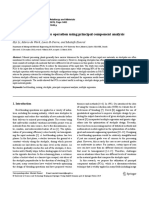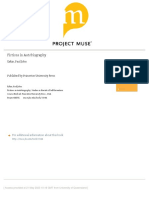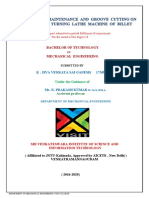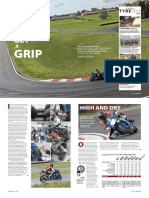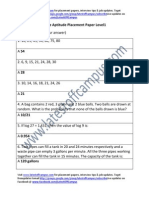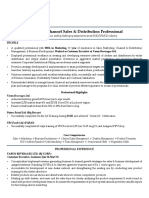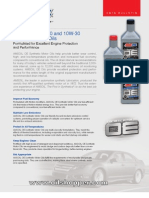100% found this document useful (1 vote)
341 views76 pagesDrone Design, Fabrication and Programming 4
The document provides an extensive overview of Unmanned Aerial Vehicles (UAVs), detailing their classifications based on size, purpose, range, capabilities, payload, and altitude. It also covers the main components of drones, their technical characteristics, assembly process, different types of frames, and programming aspects including flight controller programming and simulation environments. Additionally, it discusses multi-rotor stabilization and the importance of sensors in maintaining flight stability.
Uploaded by
R. ShivaCopyright
© © All Rights Reserved
We take content rights seriously. If you suspect this is your content, claim it here.
Available Formats
Download as PDF, TXT or read online on Scribd
100% found this document useful (1 vote)
341 views76 pagesDrone Design, Fabrication and Programming 4
The document provides an extensive overview of Unmanned Aerial Vehicles (UAVs), detailing their classifications based on size, purpose, range, capabilities, payload, and altitude. It also covers the main components of drones, their technical characteristics, assembly process, different types of frames, and programming aspects including flight controller programming and simulation environments. Additionally, it discusses multi-rotor stabilization and the importance of sensors in maintaining flight stability.
Uploaded by
R. ShivaCopyright
© © All Rights Reserved
We take content rights seriously. If you suspect this is your content, claim it here.
Available Formats
Download as PDF, TXT or read online on Scribd
/ 76
